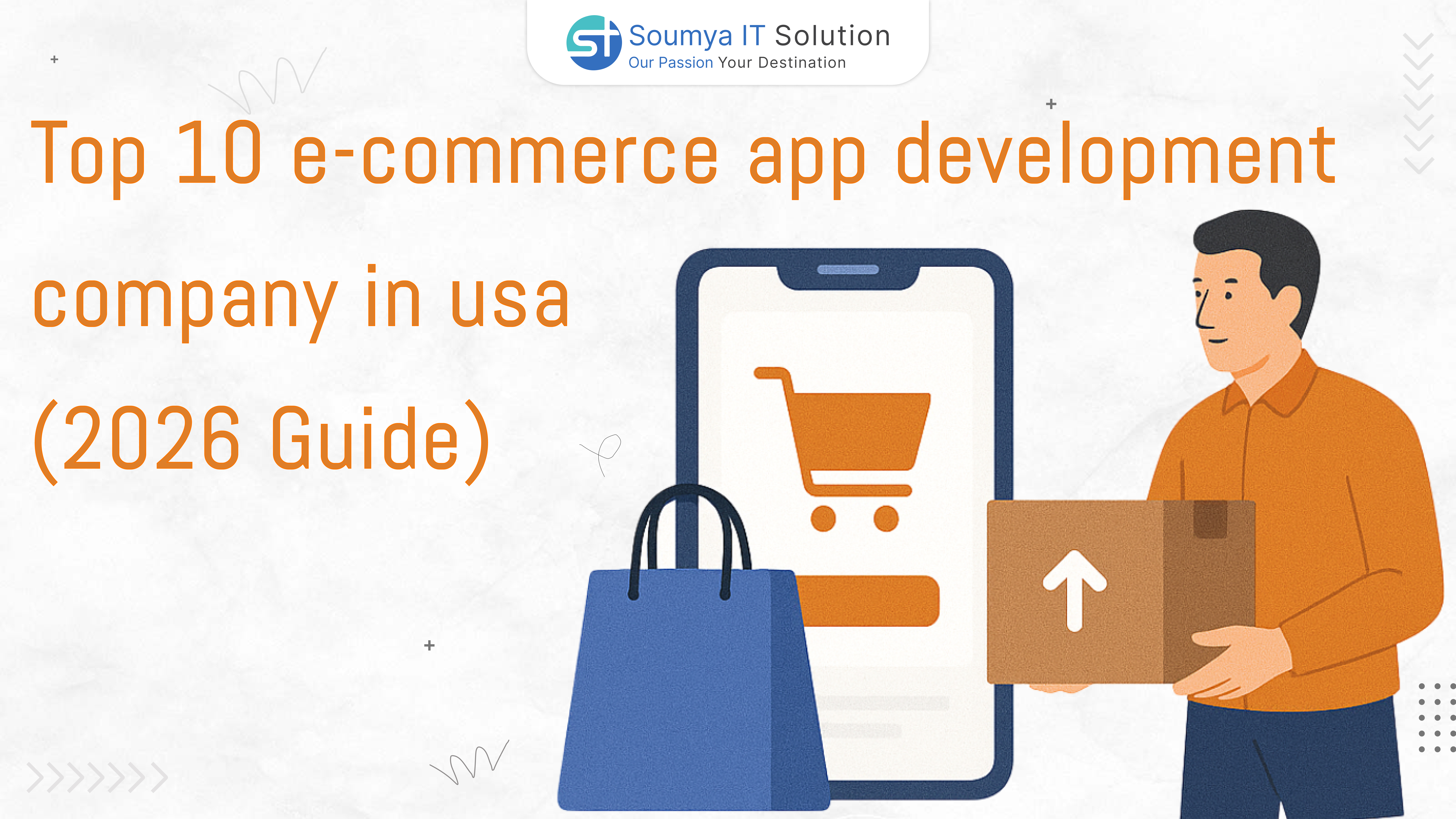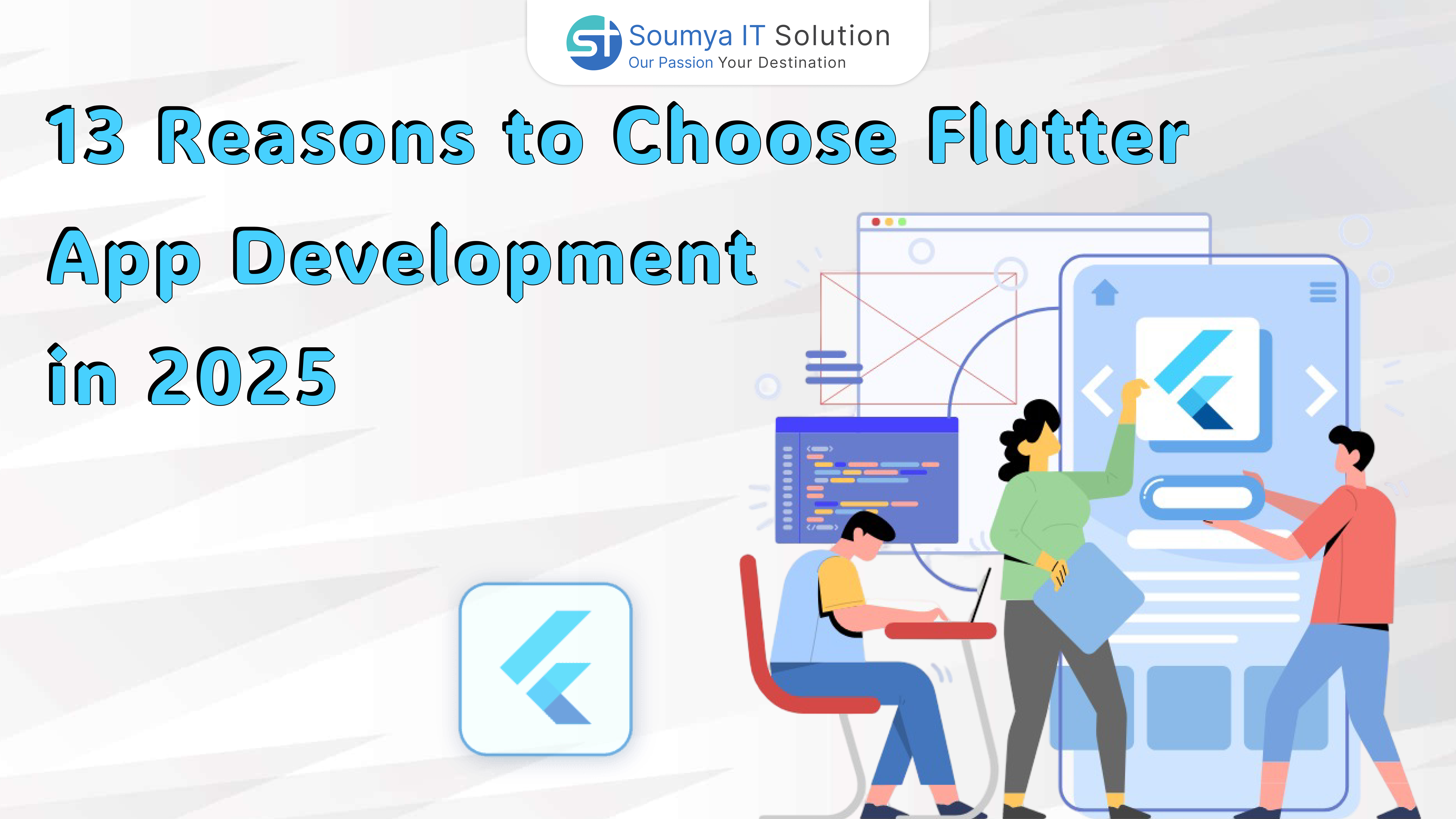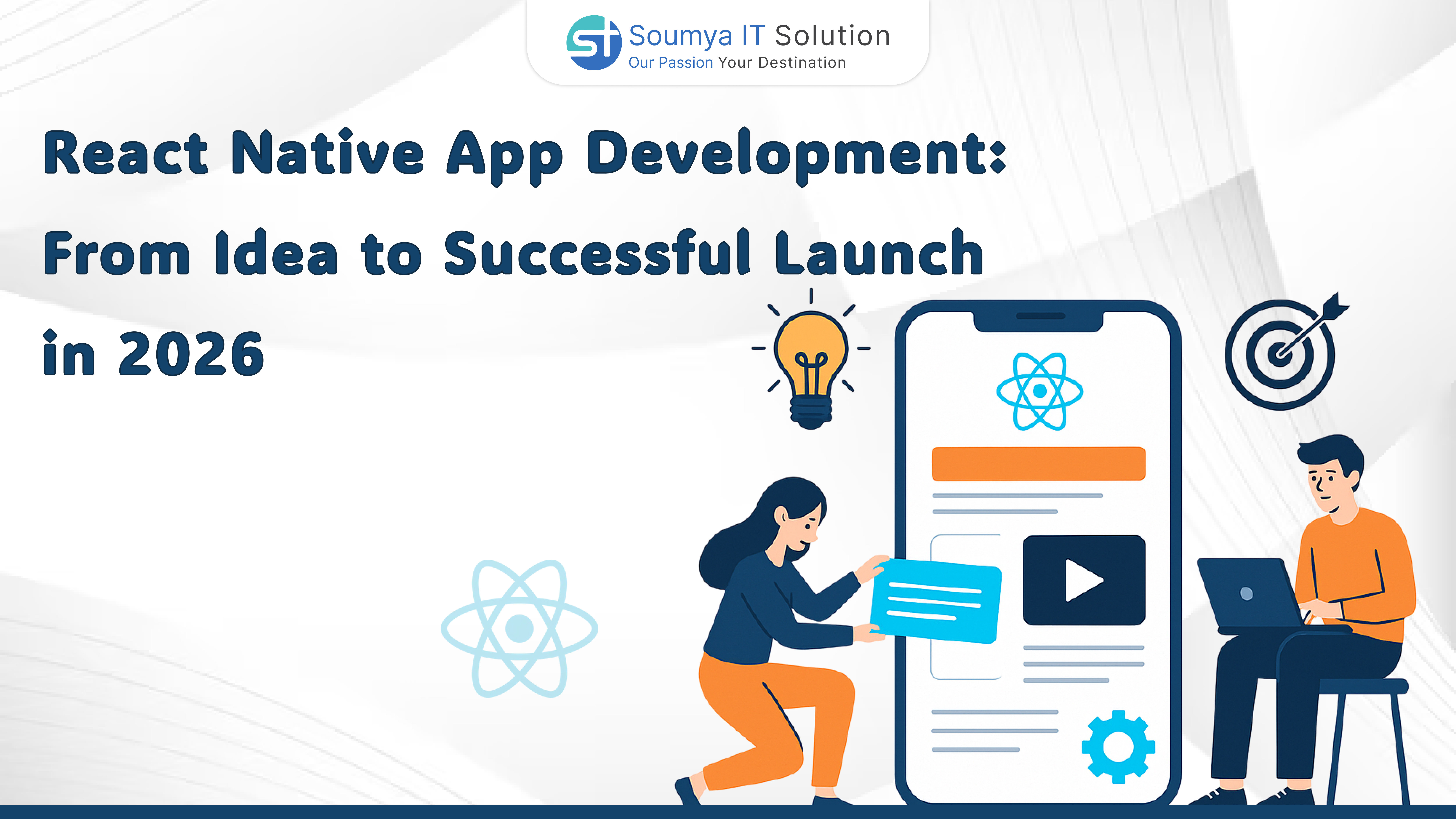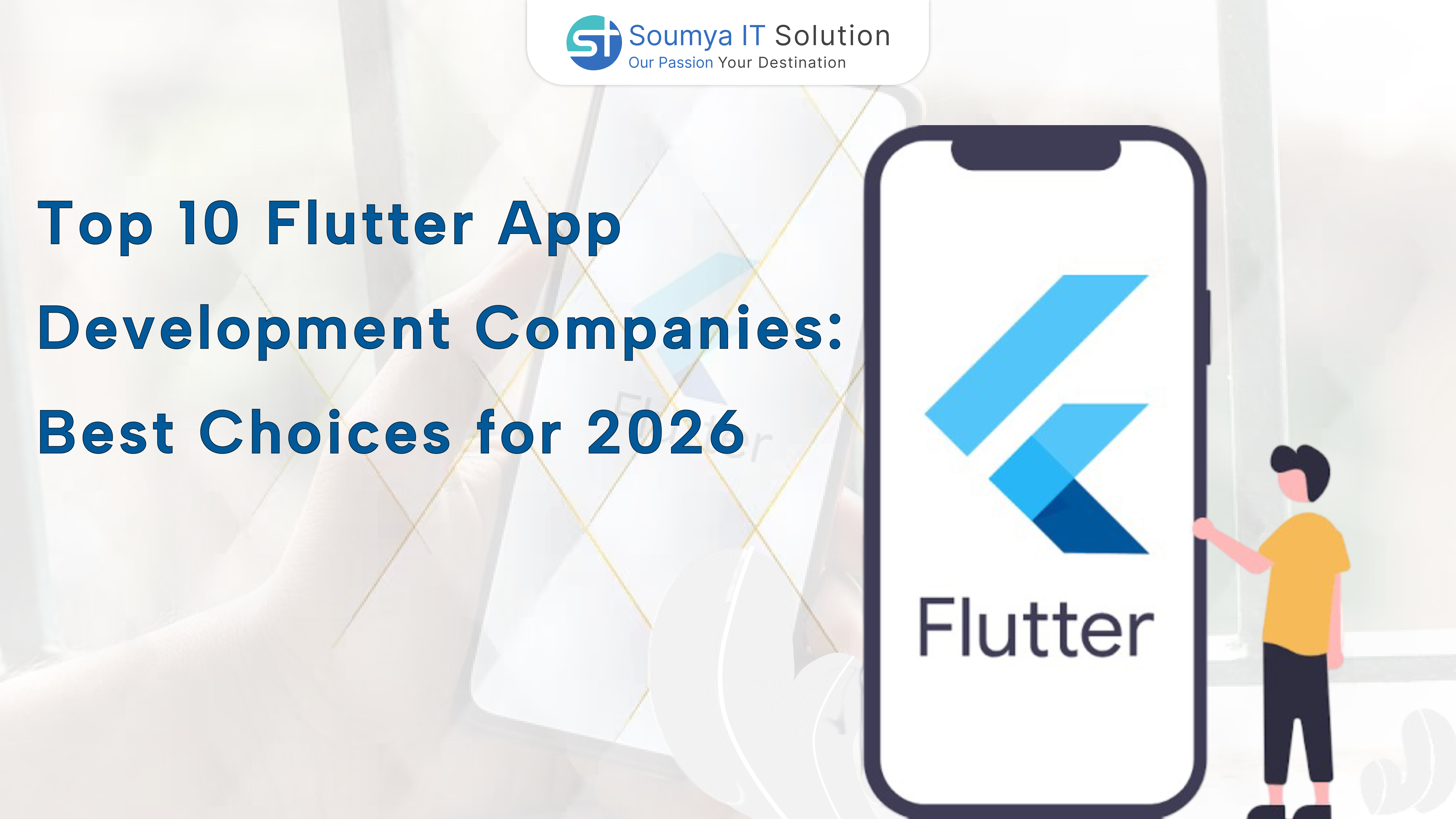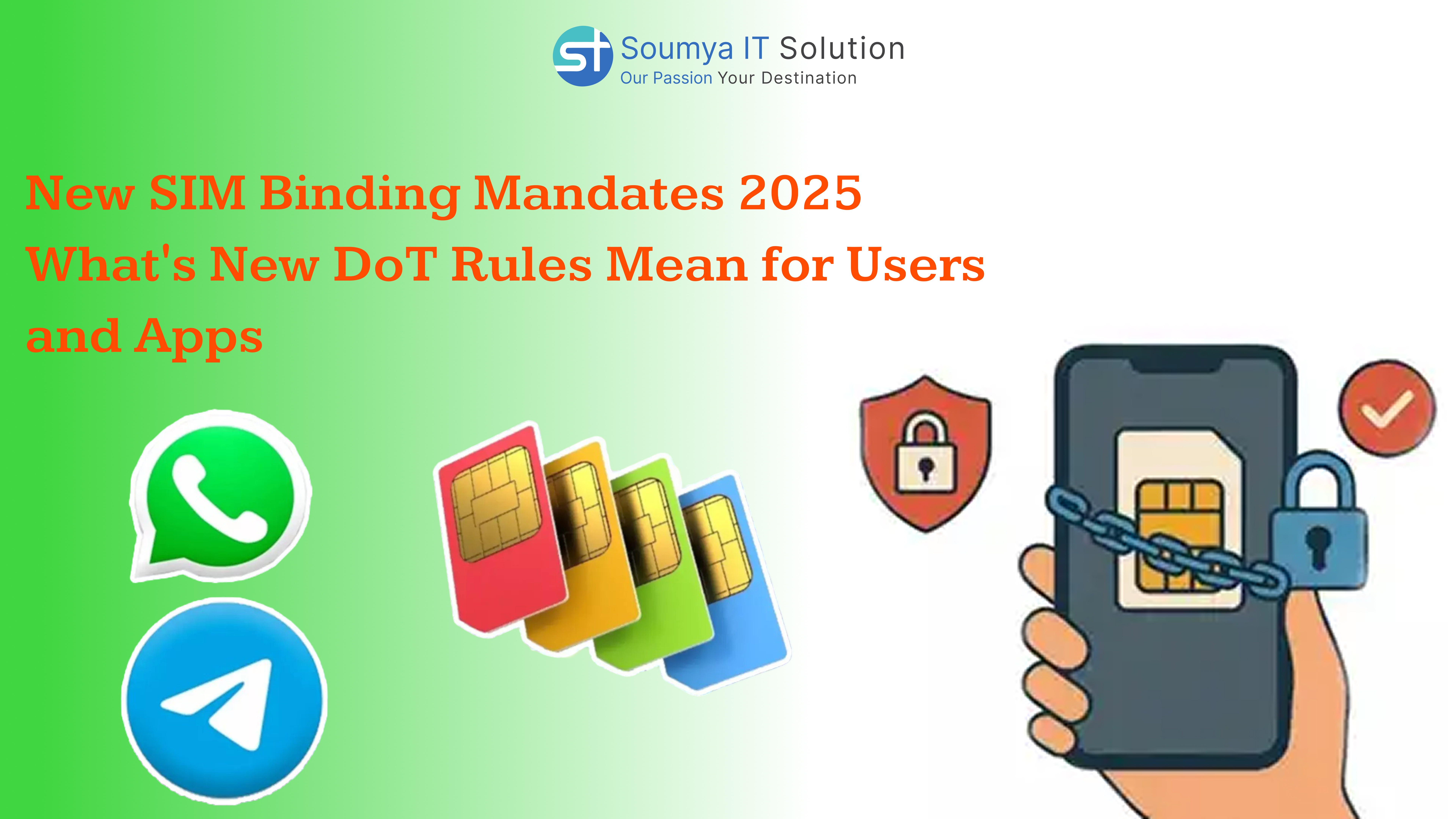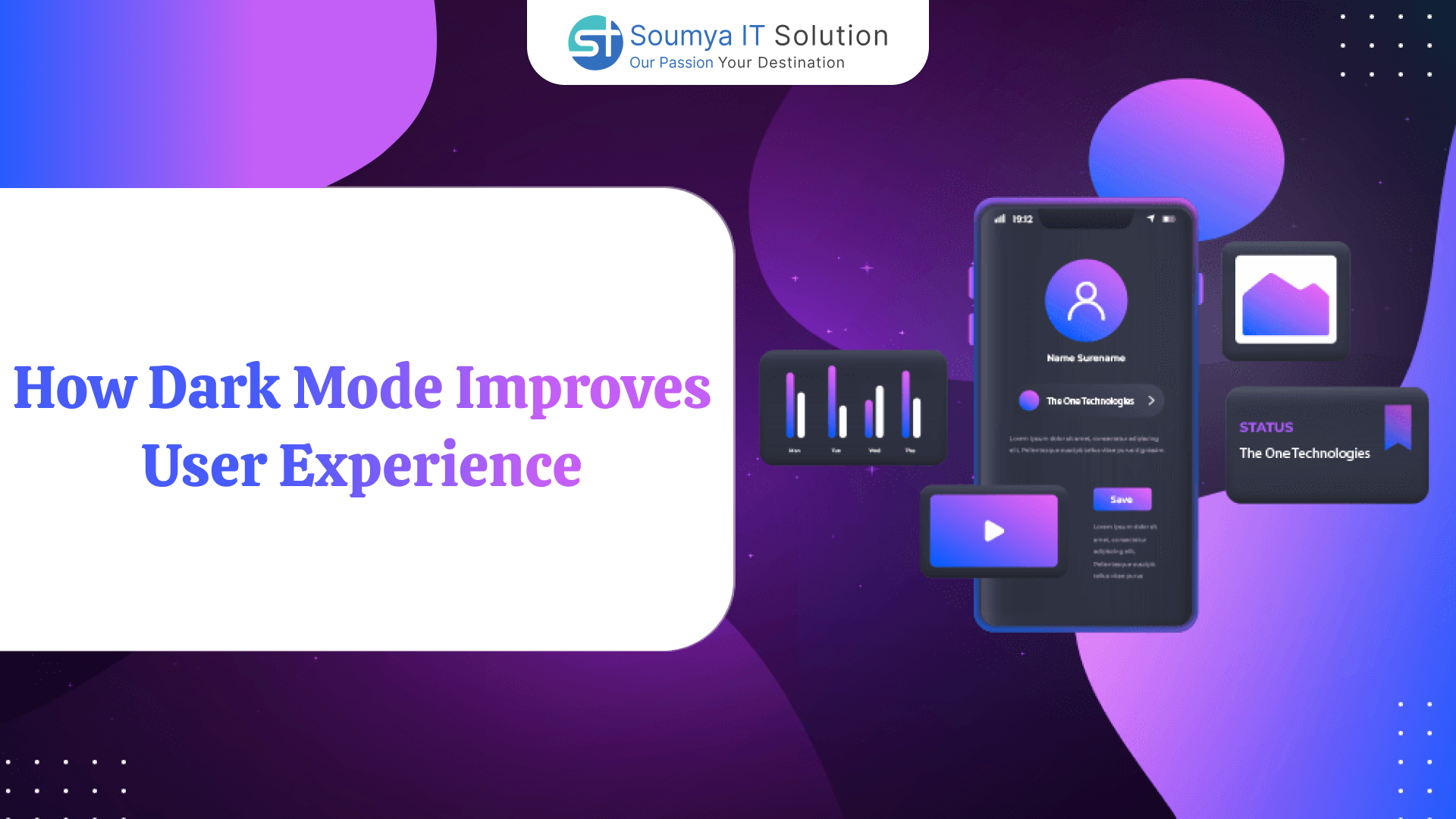
How Dark Mode Improves User Experience
How Dark Mode Improves User Experience (2025 UI/UX Guide) Boost user comfort, engagement, and retention with modern D...
How Dark Mode Improves User Experience (2025 UI/UX Guide)
Boost user comfort, engagement, and retention with modern Dark Mode design
Introduction
In today’s digital-first world, users spend hours daily scrolling through apps, websites, and social platforms. With such prolonged screen time, visual comfort and accessibility have become essential for maintaining a positive user experience.
Enter Dark Mode — one of the most loved UI/UX design trends of the past decade. What started as a visual preference has now evolved into a core feature for many leading brands like Apple, Google, YouTube, and Instagram.
But the real question is:
👉 Why does Dark Mode matter for your business website or mobile app?
👉 How does it improve user experience, engagement, and SEO performance?
Let’s dive into how this sleek, energy-efficient, and eye-friendly design trend can help your brand stay ahead in 2025 and beyond.
What is Dark Mode?
Dark Mode (or Night Mode) is a color scheme that uses dark backgrounds — usually black or dark gray — with light-colored text and icons.
Unlike traditional light themes that use white backgrounds, Dark Mode reduces the light emitted from screens, offering a softer visual experience, especially in low-light environments.
It’s not just about aesthetics — it’s about user well-being and comfort.
Why Dark Mode Has Become a Modern Design Standard
The growing popularity of Dark Mode isn’t just a passing trend. It’s driven by real, measurable benefits for both users and businesses.
Here’s why every forward-thinking brand is adopting it:
-
Comfort for the Eyes: Reduces eye strain during long screen sessions.
-
Improved Readability: Enhances focus, especially at night.
-
Energy Efficiency: Saves battery life on OLED and AMOLED screens.
-
Modern Aesthetic Appeal: Gives websites a premium, tech-savvy look.
-
User Control: Allows personalization through theme toggles.
These benefits combine to create a powerful user experience — one that increases engagement, retention, and trust.
1. Reduces Eye Strain and Fatigue
One of the main reasons users prefer Dark Mode is visual comfort.
Studies show that staring at bright white screens for long hours can cause digital eye strain, dryness, and headaches. Dark Mode, on the other hand, uses low luminance contrast, which helps reduce glare and makes reading more pleasant.
When your website or app feels “easy on the eyes,” visitors naturally stay longer, explore more pages, and interact more deeply with your content.
✅ Pro Tip: Use dark gray backgrounds instead of pure black — it improves contrast and makes text easier to read.
2. Enhances Readability and Focus
In low-light settings — like nighttime browsing — a bright white screen can feel overwhelming.
Dark Mode provides better visual hierarchy, helping users focus on the content rather than being distracted by bright backgrounds.
For brands that share content — blogs, articles, or long-form text — offering a Dark Mode toggle can significantly boost readability and user satisfaction.
3. Saves Battery and Improves Performance
If your audience uses smartphones (and most do), Dark Mode can literally save their power.
OLED and AMOLED screens light up individual pixels — meaning that darker pixels use less power. When your website or app uses dark backgrounds, it helps conserve battery life, giving users a longer and smoother browsing experience.
This isn’t just good for users — it’s good for business too. Faster load times and energy efficiency improve your Core Web Vitals, boosting your SEO ranking.
4. Builds a Modern and Premium Brand Image
Dark Mode is no longer just a “cool” feature — it’s a mark of innovation.
Brands like Apple, Tesla, and Spotify use it to signal modernity and sophistication. A well-designed dark theme communicates professionalism, minimalism, and focus — all traits users subconsciously associate with trustworthy brands.
By integrating Dark Mode, you show that your business values comfort, innovation, and design excellence.
5. Encourages Longer Engagement
When users enjoy the look and feel of your platform, they stay longer.
A visually comfortable interface encourages visitors to:
-
Read more articles
-
Watch more videos
-
Explore your products or services
This leads to lower bounce rates and higher engagement — both of which send positive ranking signals to Google.
✅ More engagement = better SEO = higher visibility in search results.
6. Boosts Accessibility and Inclusivity
Dark Mode isn’t just about looks — it’s about accessibility.
People with light sensitivity or visual impairments often find bright themes difficult to use. Offering Dark Mode as an option ensures your website is inclusive and user-friendly for everyone.
Google also favors accessible designs, as they improve overall user satisfaction — another indirect SEO advantage.
7. Supports SEO and UX Synergy
SEO and UX are deeply connected. A site that users love automatically performs better on search engines.
Dark Mode contributes to SEO by:
-
Increasing session duration
-
Reducing bounce rates
-
Improving mobile experience
-
Enhancing Core Web Vitals (LCP, CLS, FID)
By offering a smooth, optimized, and visually balanced dark interface, your brand gains both UX trust and SEO strength.
8. Customization: Give Users the Power of Choice
One of the smartest ways to enhance UX is to let users control their environment.
By allowing a simple Dark/Light toggle, you give users freedom to choose what suits them best — improving satisfaction and engagement.
This personalization feature also helps your brand stand out as user-first and forward-thinking.
9. Future-Proofing Your Design
In 2025 and beyond, digital design is moving toward adaptive experiences powered by AI, AR/VR, and voice UX.
Having a scalable, responsive, and accessible Dark Mode makes it easier to evolve your interface for new technologies.
With AI personalization, websites can even auto-switch between light and dark themes based on time of day or user behavior — delivering a futuristic, human-centered experience.
10. Business Benefits of Implementing Dark Mode
Let’s summarize how Dark Mode impacts your business performance:
| Business Factor | Without Dark Mode | With Dark Mode |
|---|---|---|
| User Comfort | Limited | High |
| Engagement Time | Average | Increased |
| Bounce Rate | Higher | Lower |
| Brand Perception | Outdated | Modern & Premium |
| Accessibility | Moderate | Inclusive |
| SEO Ranking Potential | Moderate | Improved |
| Battery Efficiency | Normal | Enhanced |
Clearly, implementing Dark Mode isn’t just about aesthetics — it’s a strategic business move.
Best Practices for Designing an Effective Dark Mode
Here’s how to make your Dark Mode visually stunning and performance-friendly:
✅ 1. Maintain Proper Contrast:
Ensure text is clearly visible; use light gray text instead of pure white.
✅ 2. Use Brand Colors Wisely:
Adjust your brand palette to stand out against dark backgrounds.
✅ 3. Avoid Pure Black:
Opt for dark gray (#121212) — it’s easier on the eyes and reduces glare.
✅ 4. Check Image Visibility:
Use transparent PNGs or SVGs that adapt to dark themes.
✅ 5. Test Across Devices:
Ensure your Dark Mode works flawlessly on mobile, desktop, and tablets.
✅ 6. Add Smooth Transition Animations:
Make the switch between Light and Dark Mode feel elegant.
✅ 7. Optimize for Accessibility:
Follow WCAG contrast guidelines (at least 4.5:1 ratio).
✅ 8. Keep It Optional:
Always provide a theme toggle — don’t force users into Dark Mode.
Conclusion
Dark Mode is more than a design choice — it’s a powerful user experience strategy.
It not only enhances readability and reduces eye strain but also strengthens your brand identity, boosts engagement, and improves SEO.
In a digital era where attention is the new currency, giving your users a visually comfortable, accessible, and personalized experience can set your brand apart.
If you want your website or app to thrive in 2025, implementing Dark Mode is no longer optional — it’s essential.
📞 Contact Us
Want to design a stunning, SEO-friendly, and user-focused website that offers both Light and Dark Modes?
Let’s make it happen together.
📞 Contact Us: +91 77372 33764 | +91 80581 64478
📧 Email: sales@soumyaitsolution.com
🌐 Visit: www.soumyaitsolution.com


